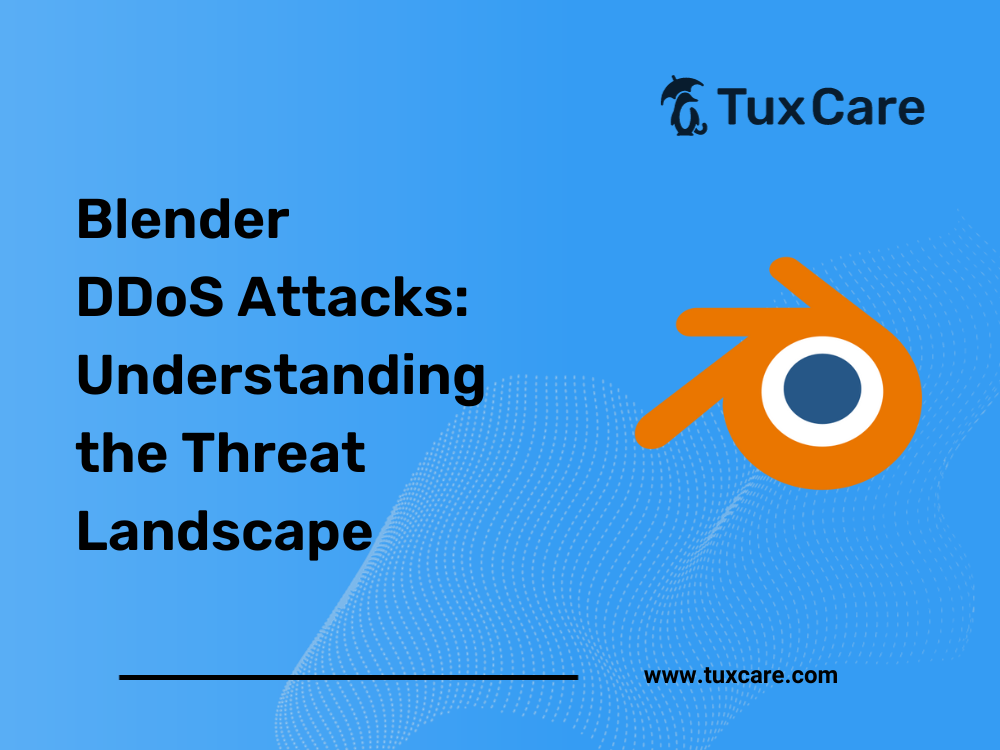Blender DDoS Attacks: Understanding the Threat Landscape
Cybersecurity challenges persist in the ever-evolving digital landscape, and DDoS (Distributed Denial of Service) attacks have been a significant threat. Recently, Blender, a renowned 3D design suite, fell victim to a series of relentless DDoS attacks, leading to severe disruptions in its operations.
DDoS attacks involve overwhelming a target’s servers or network infrastructure with a flood of malicious traffic, rendering the services inaccessible to legitimate users. This article delves into the nature of such attacks, their potential impact, and proactive measures to safeguard against such threats.
DDoS Impact on Blender and Mitigation Measures
In Blender’s case, the attackers orchestrated a barrage of over 240 million malicious requests, persisting for four days despite attempts to block their IP ranges. The relentless nature of the DDoS attacks prompted the company to take decisive action. Blender swiftly migrated its main website to CloudFlare, a renowned cybersecurity platform, to mitigate its impact on its servers and operations. While this move aimed to bolster defenses, users may still encounter challenges accessing the site and related services.
One of the most perplexing aspects of DDoS attacks is deciphering the motives behind them. In Blender’s case, the identity and intentions of the threat actors orchestrating the attacks remain unknown.
Amidst ongoing DDoS attacks, Blender issued a cautionary advisory to its user base. Users were warned against downloading software from unofficial sources due to the potential risks of malware. In light of these challenges, Blender suggested alternative platforms, such as Steam, GitHub, and the Microsoft Apps Store, as secure alternatives for obtaining the Blender installer.
While Blender works tirelessly to counter the ongoing DDoS attacks, individuals and organizations must also take proactive measures to enhance their cybersecurity posture. Implementing robust firewalls, regularly updating software and systems, and investing in DDoS mitigation services are crucial steps toward fortifying defenses.
Final Thoughts
As evidenced by the recent events surrounding Blender, DDoS attacks underscore the persistent and evolving nature of cybersecurity threats. By understanding the effect of these attacks and adopting proactive measures, individuals and organizations can better safeguard their digital assets against the ever-present threat of DDoS attacks.
The sources for this story include a story from BleepingComputer.



 Documentation
Documentation Login
Login




